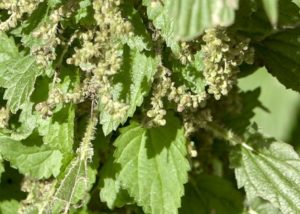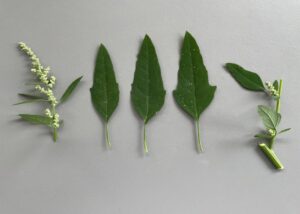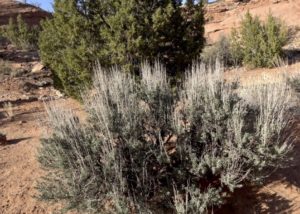Bighorn Sheep Declining Populations
A die off of the Whiskey Mountain bighorn sheep herd in northwest Wyoming resulted in the death of about one third of its entire population. This was followed by a seven-year period of dangerously low lamb survival. In 1998 the Wyoming Game and Fish Department hired John Mionczynski to determine what was responsible for this reproductive decline. Conducting long-term field studies with the herd, Mionczynski observed that the ewes were returning to lower altitude mineral licks on a regular basis, leaving the lambs exposed to higher rates of predation. The ewes’ behavior combined with the apparent development of nutritional muscular dystrophy among the surviving lambs lead to the discovery of critically low selenium in the alpine forage plants these sheep relied on for food.
Selenium is an essential mineral nutrient necessary for muscle growth, as well as maintaining both body temperature and a functional immune system. Wyoming Game and Fish biologist Pat Hnilicka and Mionczynski hypothesized that this selenium deficiency was a key factor in understanding the decline of this herd. Consequently, Mionczynski sampled 22 other bighorn herds in the US and Canada and found the problem to be widespread wherever wild sheep lived on granitic or basaltic soils.






